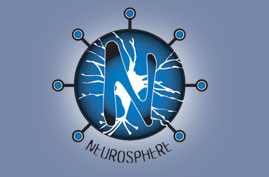Declining the Neurosphere
Wholeness and Virtual Communities
Some of course, believe that an interconnection of human minds through the ether is not such a good thing. It’s good that scientific research is proceeding in this, ah, sensitive area.
Abstract – Among a fringe community of paranoids, aluminum helmets serve as
the protective measure of choice against invasive radio signals. We investigate the efficacy of three aluminum helmet designs on a sample group of four individuals. Using a $250,000 network analyser, we find that although on average all helmets attenuate invasive radio frequencies in either directions (either emanating from an outside source, or emanating from the cranium of the subject), certain frequencies are in fact greatly amplified.
http://people.csail.mit.edu/rahimi/helmet/
